It is a series of fragments of female clay figurines discovered in the ancient Neolithic village of Favella della Corte in Corigliano, near Cosenza, in the plain of Sibari. The site was frequented during the first phase of the Neolithic of the south-east of the peninsula (5th millennium BC) and subsequently revisited in the last centuries of the XNUMXth millennium BC. The statuettes, a total of XNUMX fragments, were found within identified excavation areas as housing structures with evident traces of combustion; these repeated combustion phenomena, already found in other Neolithic sites (especially in the Balkans), have led to the hypothesis, here as elsewhere, of a ritual burning of the housing structure which marked the end of the life cycle of the huts linked to the disappearance of the owners; as for the fires, the state of the remains of the statuettes has led to hypothesize practices of deliberate fragmentation, as in a sort of defunctionalization of the site that can be found in other Neolithic sites, such as for example in the context of the Vinca culture.
The fragments of statuettes present a unitary iconography, with the truncated conical body stylized in the upper part and naturalistic in the lower part, both in the pelvic area and in the buttocks. Being only fragments, it has been hypothesized for some that they were in a sitting position, perhaps crouched, probably in the process of childbirth, indicated by the pronounced dilatation of the sex and its downward positioning; for others, however, the posture is standing, but they share the iconographic rendering with the others. In a more recent excavation, a fragment of a statuette was found (called Favella 3) which represents the upper part of the body, the head and the trunk with two small pointed breasts and the arms joined under the breast, while the lower part is completely missing. This figurine has a stylistic affinity with the less refined example of Raven Pass in Puglia, especially as regards the head and the details of the face and arms and with another example of a statuette, that of Pavolella cave in Cassano Jonico, the latter probably forming part of the handle of a vase.
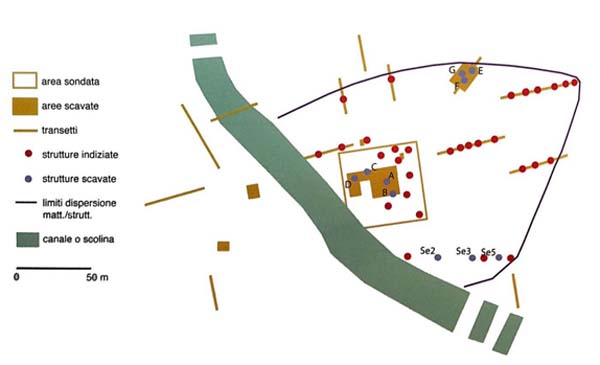
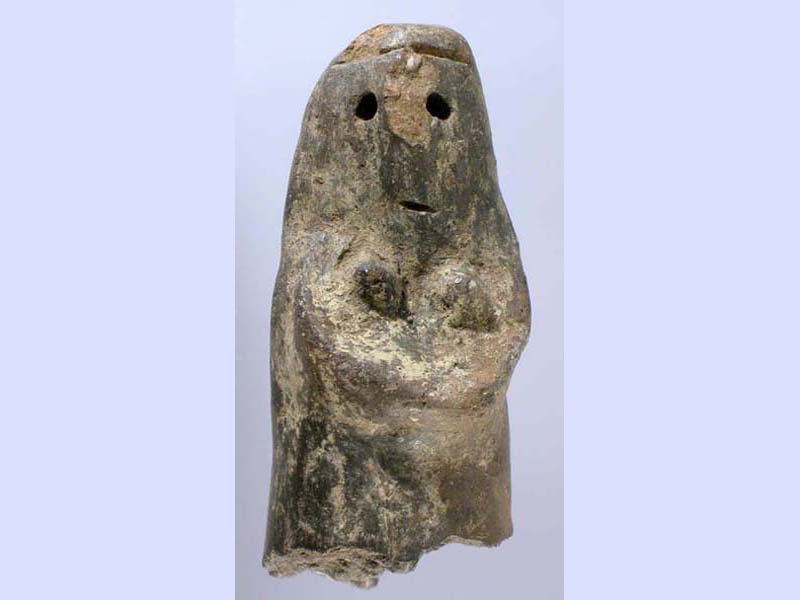
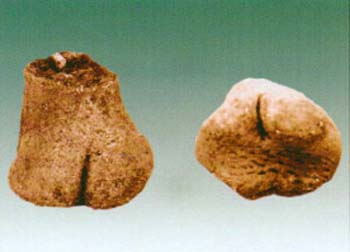
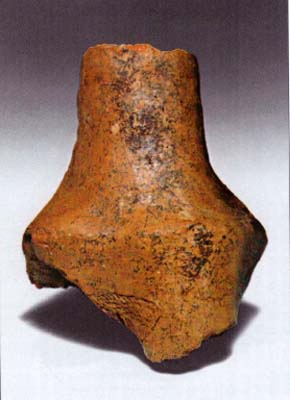

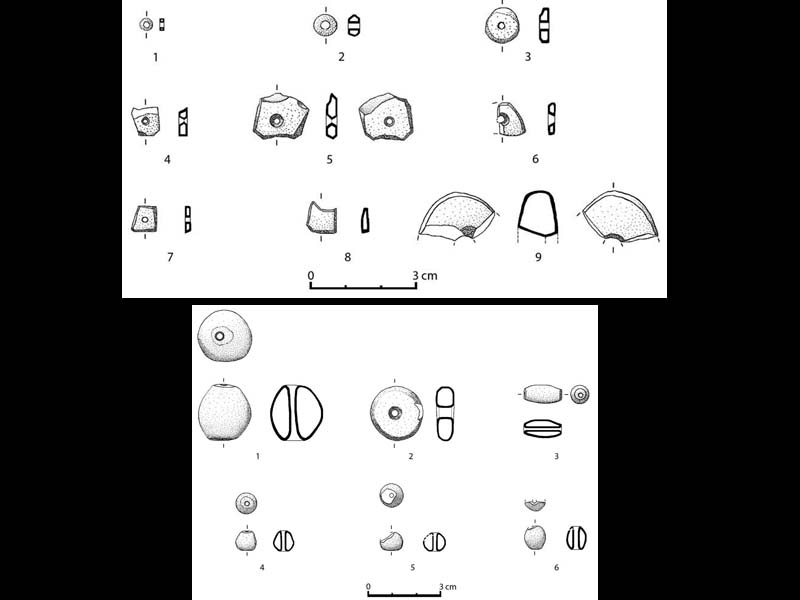
Historical notes
The archaeological site was identified in 1954 by Dr. Donald Brown of Harvard University and briefly tested by the archaeologist Santo Tinè in 1962, bringing to light two settlements, one belonging to the recent Neolithic and the other to the more archaic one (1990th millennium). . Excavations resumed only in 2002, by the Archaeological Superintendence of Calabria and the Institute of Archaeological Sciences of the University of Genoa and continued until XNUMX, by various research bodies, directed by Santo and Vincenzo Tinè. It is precisely to this period that the most important discoveries date back, especially in relation to the most ancient phase of the Neolithic which was still little known in Italy at the time.
CARD
LATEST PUBLISHED TEXTS
VISIT THE FACTSHEETS BY OBJECT

